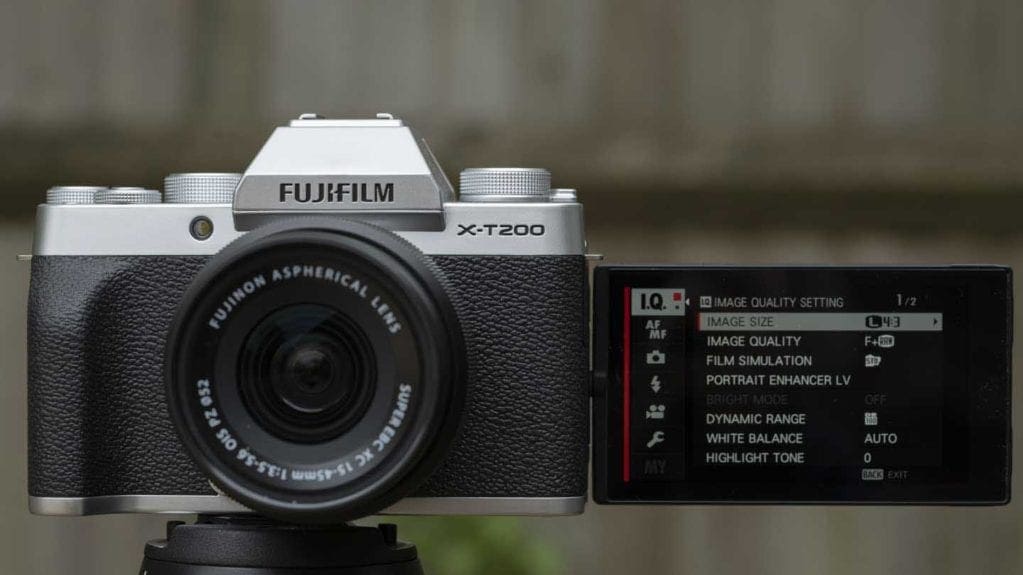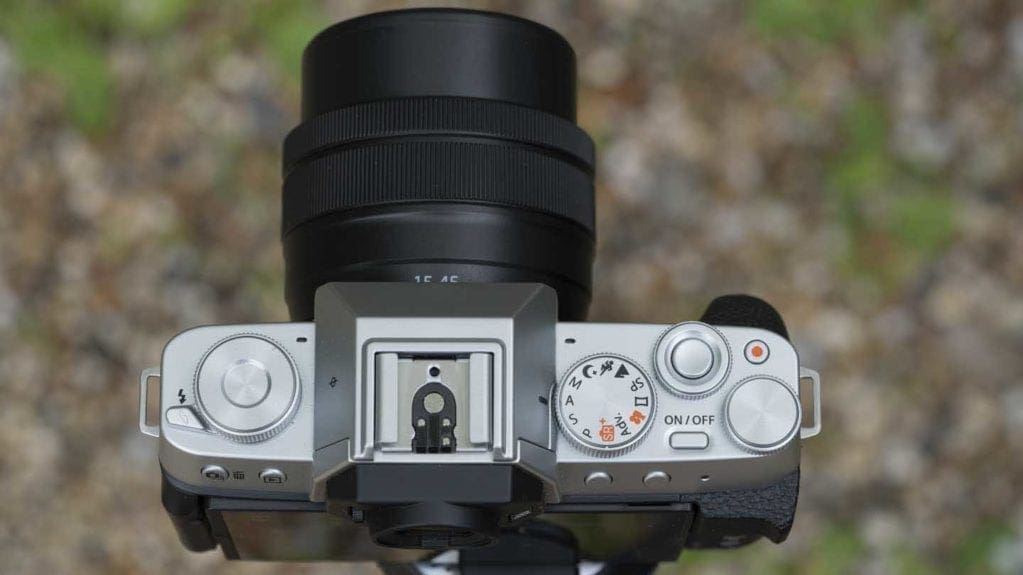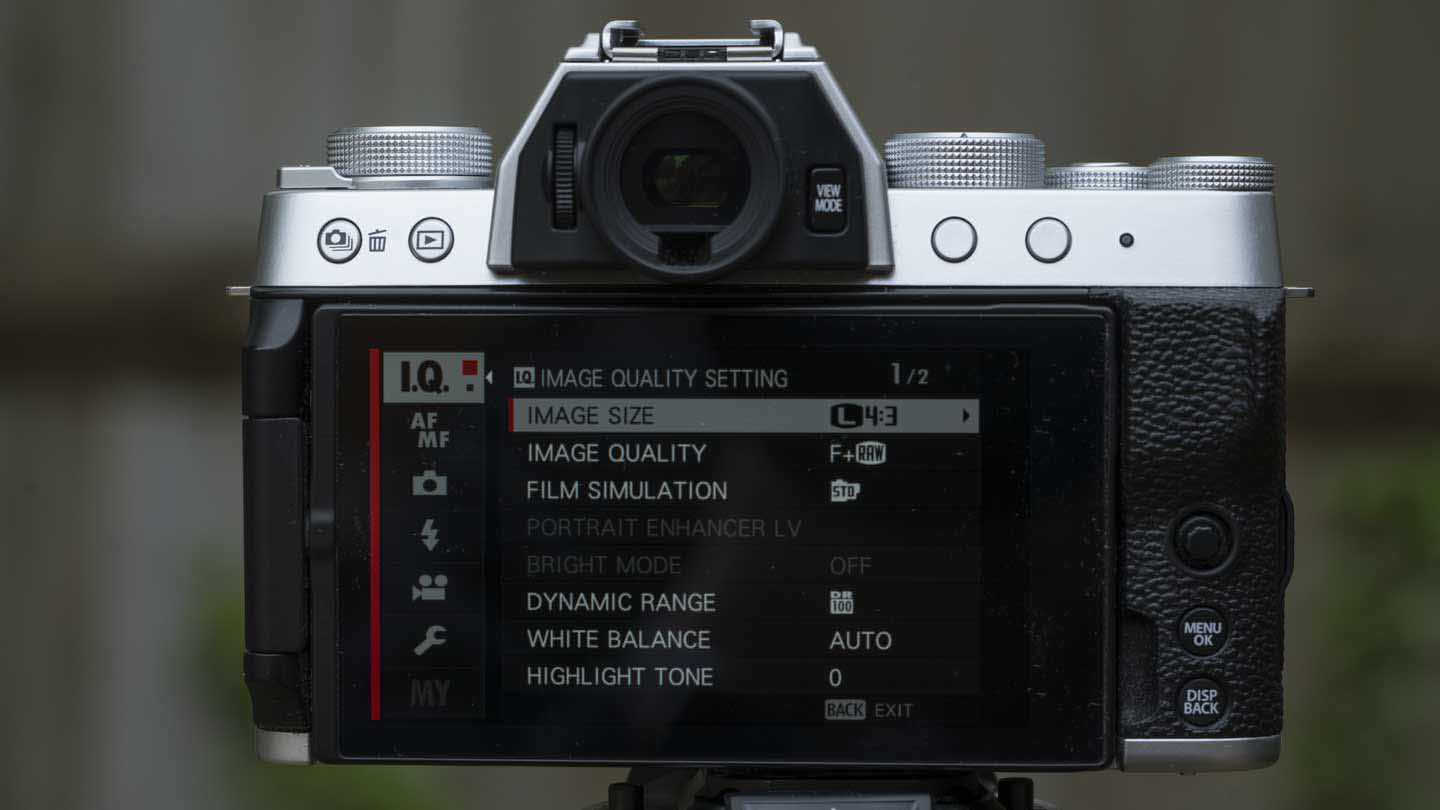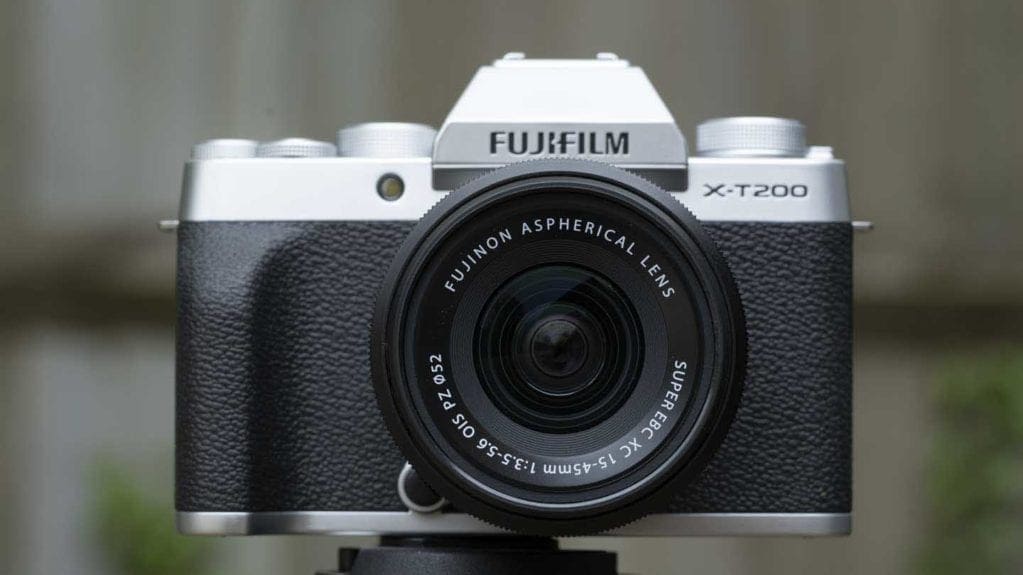It may not have the X-Trans CMOS sensor of cameras above it in Fujifilm’s range, nor quite such an extensive array of Film Simulation modes, but the Fuji X-T200 is capable of capturing very pleasing images.
In the default metering (or Photometry as Fujifilm calls it) setting, the X-T200 does a good job of getting the exposure right in a range of conditions. You may need to use the exposure compensation occasionally, but not excessively, and thanks to the dual dials you can make adjustments very quickly.
The Standard/Provia Film Simulation mode is a good all-round setting that delivers attractive colours. However, I prefer Astia/Soft for portraits. Classic Chrome is also a favourite for its muted tones.
It would be nice to see Acros for black and white photography, but only Monochrome is available. This can be applied with a coloured filter effect to manipulate the contrast, but I prefer to make post-capture conversions. Nevertheless, it’s useful to use Monochrome mode for the black and white preview and shoot raw files to gather the full-colour data.
Sadly, the new Classic Neg mode that was introduced with the Fuji X-Pro3 isn’t available either.
Fujifilm X-T200 Image Quality
Just like the X-A7, the Fujifilm X-T200 keeps noise under control very well up to around ISO 6400. At this point, some of the finer details in Jpegs become smoothed, which limits the size at which you want to show them. Simultaneously captured raw files look sharper but there’s more noise visible.
The X-T200 can capture a wide range of tones in a single image so you don’t find the highlights burning out too quickly or the shadows becoming an inky black before they should.
I’m not really a fan of the handling of the XC 15-45mm f3.5-5.6 OIS PZ kit lens, but optically it’s good. It captures plenty of sharp detail, which is maintained pretty well into the corners even at the widest point of the lens.
Autofocus
Thanks to the sensor upgrade, the Fujifilm X-T200’s autofocus (AF) system makes quite an improvement uyon the X-T100’s. It’s fast and accurate with stationary subjects and it copes well with moving subjects too when you select the right settings.
When I set the AF point in Single-point mode it was able to get sharp images of my dog running around even when we were in pretty gloomy conditions. Naturally, that relies on me keeping the active AF point over the subject.
In good light, my tests indicate that the AF system can keep up with the 8fps (frames per second) maximum shooting rate.
Things are a little more hit and miss when the X-T200 is set to Wide/Tracking AF. It couldn’t keep up with my dog playing fetch, but it worked a treat with flowers bobbing around in a breeze.
Also, while the Face /Eye Detection AF isn’t quite as dependable as Sony’s it’s still good.
Video Performance
In 4K mode, the Fujifilm X-T200 produces nice-looking footage. In the default settings, some fine details look a little over-sharpened, but on the whole, the movies look good.
The autofocus system also handles many situations and subjects well, but it can jump occasionally.
In addition, the digital stabilisation proves useful, taking some of the shake and wobble out of handheld 4K footage. If you’re happy with Full HD resolution, the Digital Gimbal produces good results too.
Conveniently, you can produce slow-motion video in-camera with the X-T200. Again, this is a Full-HD option rather than 4K, and the results are good provided that the sensitivity can be kept fairly low.
Fujifilm supplied the X-T200 as a vlogger kit which includes the Rode VideoMic Go. This significantly improves the quality of the audio, capturing more distant noises and more natural sound. However, in the default settings, there’s an audible hum and the external mic level needs to be turned down to -18bD or lower to get rid of it. It really depends upon what you’re shooting, but if the ambient sound is low, you’ll need a very low mic level.
Wi-Fi and Bluetooth
The Fujifilm X-T200 has Wi-Fi and Bluetooth connectivity built-in. This is designed to let you control the camera remotely and transfer images to your phone for sharing.
It’s also possible to set the Bluetooth system to always be on so that it can ping images to a paired smartphone straight after shooting. I set this up and then forgot about it. Sadly, so did the X-T200 and no images transferred without me specifically selecting them for transfer.







